In today’s competitive online marketplace, it’s most important for ecommerce businesses to focus on optimizing their conversion rate. A high conversion rate means turning more visitors into paying customers, leading to increased revenue and business growth. So, if you’re looking to transform your online store and boost your sales, here are 12 must-try tips that can help you improve your conversion rate for ecommerce.
Why Conversion Rate for Ecommerce Is Important?
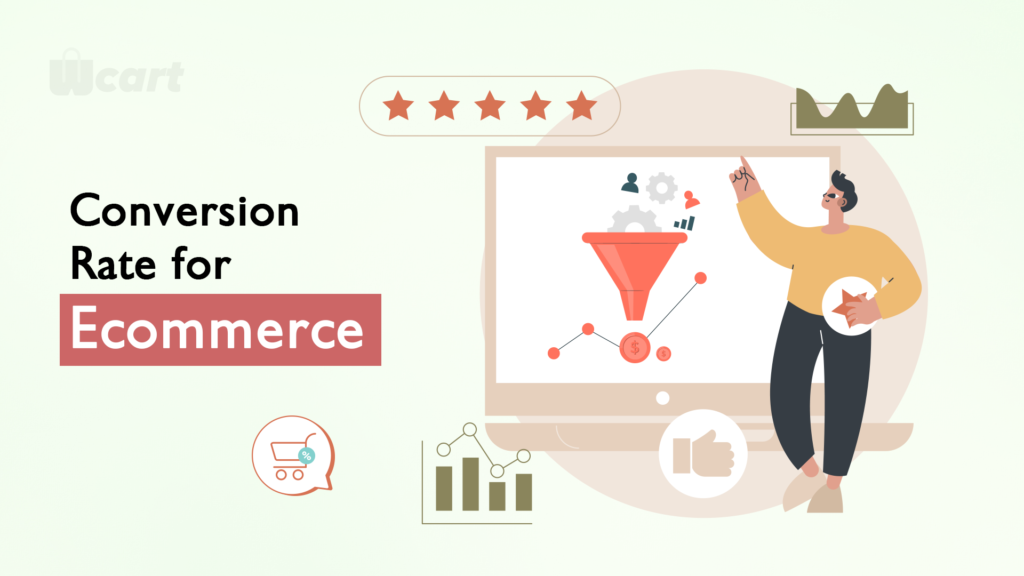
Conversion rates play a pivotal role in the success of any ecommerce business. Subsequently, It’s a key metric that indicates how effectively you’re turning potential customers into actual buyers. Improve and maximize the return on your marketing efforts by conversion rate optimization. A higher conversion rate for ecommerce means more revenue generated from the same amount of website traffic, making it an essential aspect of your online store’s performance.
Visit Here: Top 5 E-Commerce Development Companies
Benefits of Increasing Conversion Rate For Ecommerce
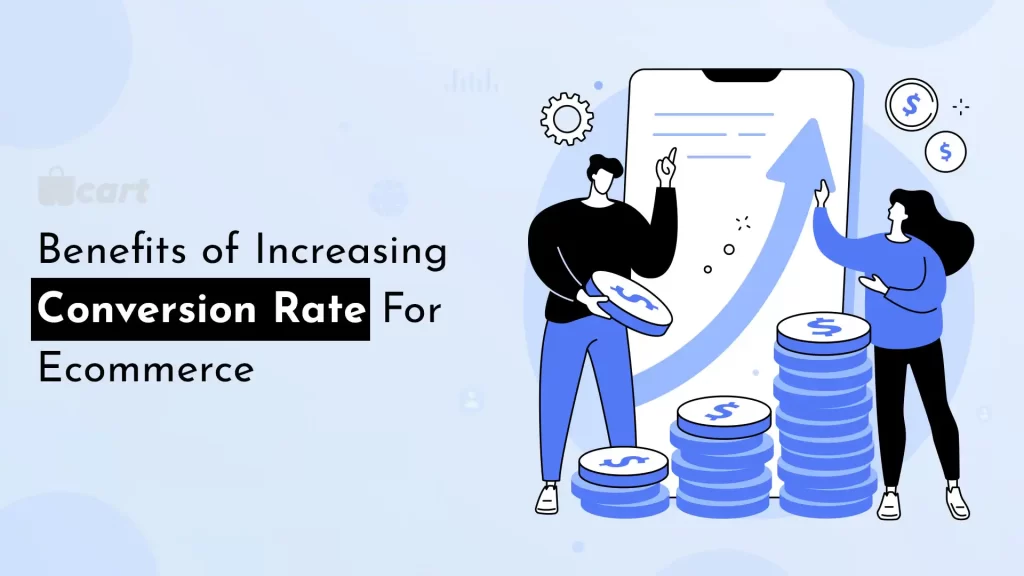
- Generates more revenue without necessarily increasing your marketing budget.
- It enhances the overall user experience of your website.
- In particular, a high conversion rate for ecommerce sets you apart from your competitors.
- A seamless and enjoyable shopping experience creates trust and loyalty among your customers.
- In the same way focusing on conversion rates allows you to collect valuable data and gain insights into customer behavior.
Top 12 Tips To Increase Ecommerce Conversion Rates
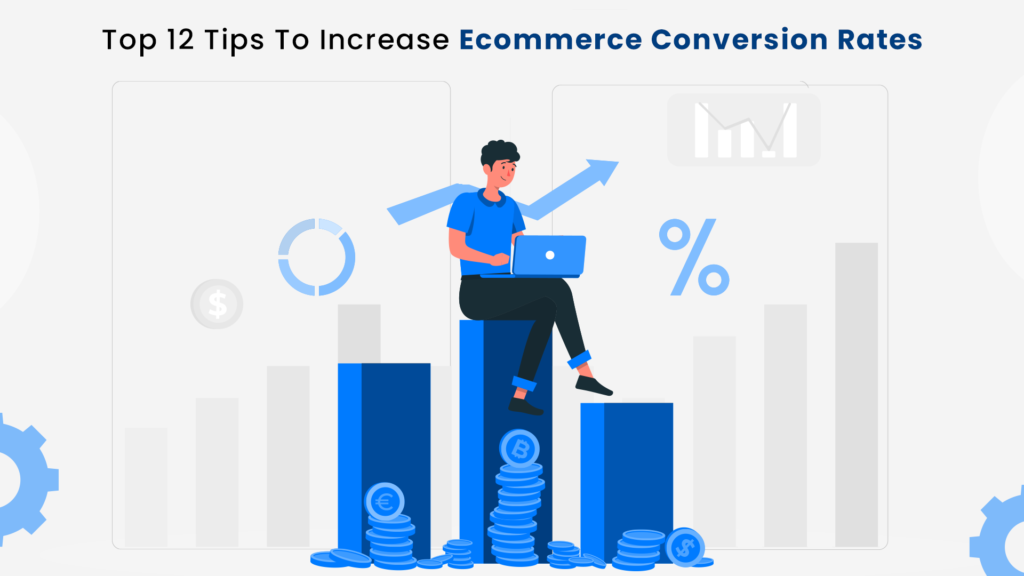
Tip 1: Optimize Website Speed and Performance
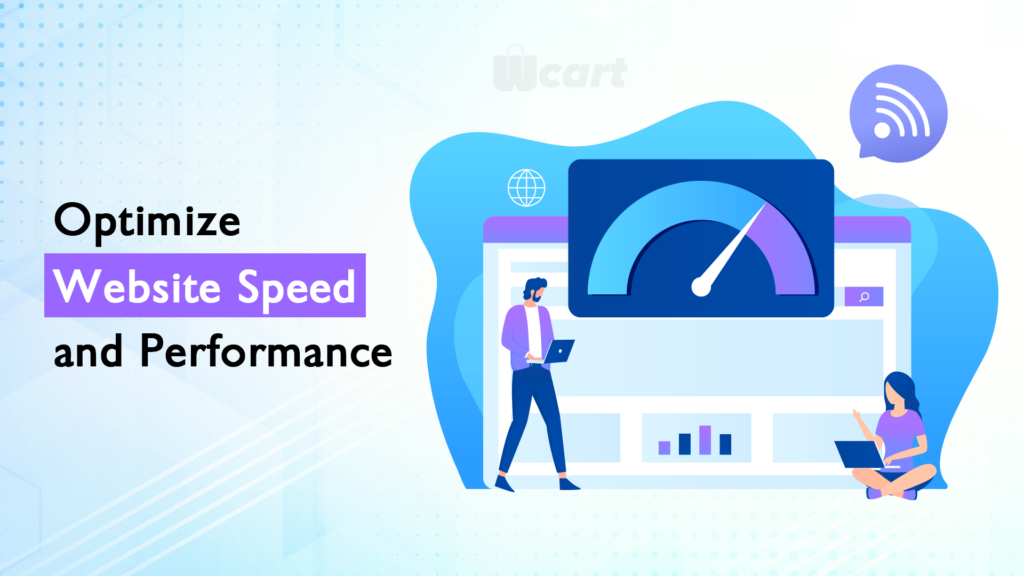
Customers expect websites to load quickly, and if they encounter delays, they may become frustrated and abandon their shopping journey. Optimizing your website’s speed can help you retain visitors, improve engagement, and ultimately boost conversions.
- Minimize HTTP Requests: Reduce the number of HTTP requests your website makes by minimizing the use of external scripts, stylesheets, and plugins.
- Enable Browser Caching: Leverage browser caching to store static resources, such as images, JavaScript files, and CSS files, on the user’s device.
- Compress Images and Files: Use file compression techniques like GZIP to reduce the size of HTML, CSS, and JavaScript files. Therefore, it helps to decrease the usage of bandwidth and improve load times.
Read More: 5 Must-Have E-commerce Developer Skills
Tip 2: Enhance User Experience (UX) Design To Increase Conversion Rate

When visitors find your website easy to navigate, visually appealing, and logically organized, they are more likely to stay, explore, and make a purchase. Prioritizing user-friendly design elements establishes trust, enhances satisfaction, and ultimately leads to higher conversion rate for ecommerce.
- Simplify Website Navigation: Streamline your website’s navigation by organizing content into logical categories and using clear, descriptive labels for menu items.
- Optimize Product Search Functionality: Implementing features like auto-suggestions, filters, and sorting options. Empowers users to quickly find specific products, resulting in a smoother browsing experience and increased chances of conversion.
- Implement Responsive Design for Mobile Users: Ensure that your online store is optimized for mobile browsing, providing a consistent and user-friendly experience across all devices.
Read More: Design an Online Store with User Friendly and SEO Friendly
Tip 3: Streamline the Checkout Process
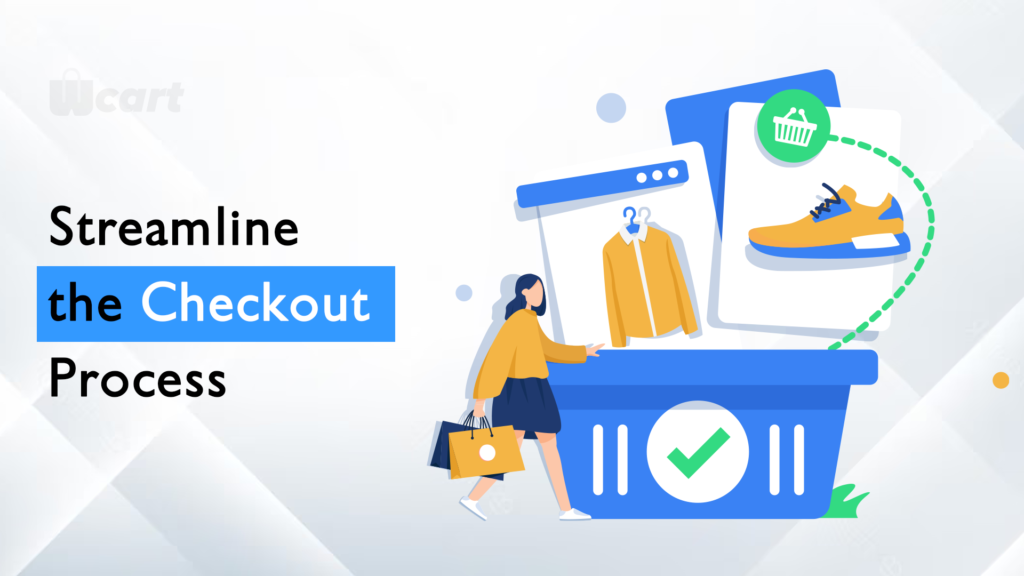
Some most important common factors include unexpected shipping costs, complex or lengthy forms, mandatory account creation, security concerns, and limited payment options. Meanwhile, by addressing these pain points, you can minimize cart abandonment and improve your conversion rate for ecommerce.
- Enable Guest Checkout: Offering a guest checkout option eliminates the need for customers to create an account, reducing friction and allowing for a quicker and more streamlined checkout experience.
- Simplify Form Fields: Minimize the number of form fields required during the checkout process. Only ask for essential information to speed up the process and reduce user frustration.
- Offer Multiple Payment Options: Providing various payment options helps to accommodate different customer preferences. Accept major credit cards, digital wallets, and alternative payment methods to increase convenience and trust.
- Implementing Trust Signals: Incorporate trust badges, SSL certificates, and secure payment icons prominently during the checkout process. Displaying customer reviews, testimonials, and satisfaction guarantees can also boost trust and confidence in making a purchase.
Read More: 5 Ways to Increase Conversions with Your Ecommerce Shopping Cart
Tip 4: Implement Clear Call-to-Actions (CTAs)
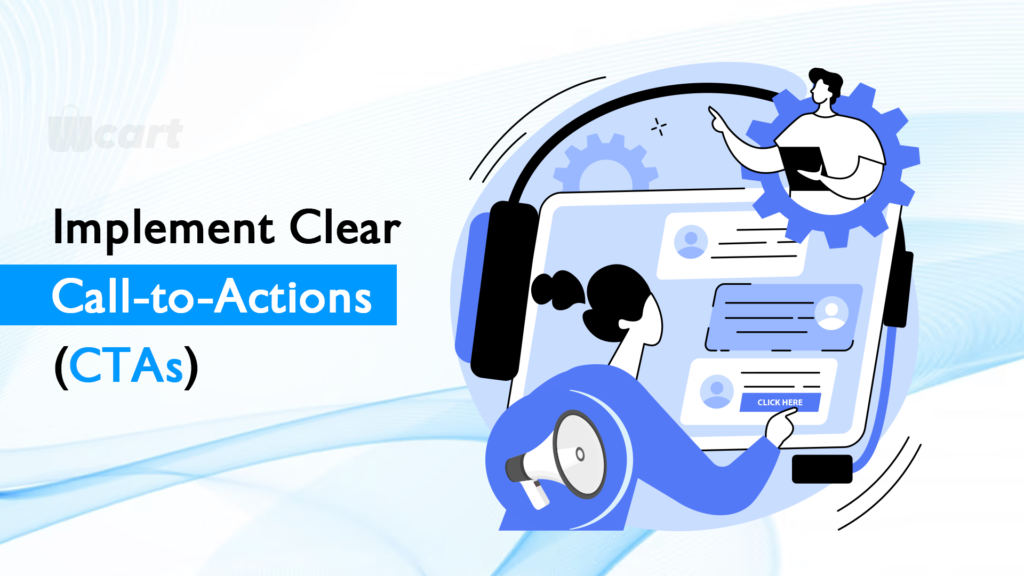
A well-crafted CTA grabs the attention of visitors, communicates a clear value proposition, and prompts them to take action. By optimizing your CTAs, you can create a sense of urgency, encourage users to explore further, and ultimately increase the likelihood of conversions.
- Use Action-Oriented Language: Words like “Buy Now,” “Sign Up,” or “Add to Cart” convey a sense of urgency and encourage visitors to act promptly.
- Place CTAs Strategically: Place CTAs above the fold and ensure they are visually distinct, making it easy for users to spot and click on them.
- Experiment with Different CTA Formats: Consider using contrasting colors, compelling copy, and engaging visuals to make your CTAs stand out.
- A/B Testing and Analyzing: Analyze the results and gather insights to refine your CTAs further. Factors to consider include design elements, positioning, copy variations, and overall user behavior.
Read More: 5 Common Mistakes to Avoid in Your Shopping Website Design
Tip 5: Leverage Social Proof and User-generated Content
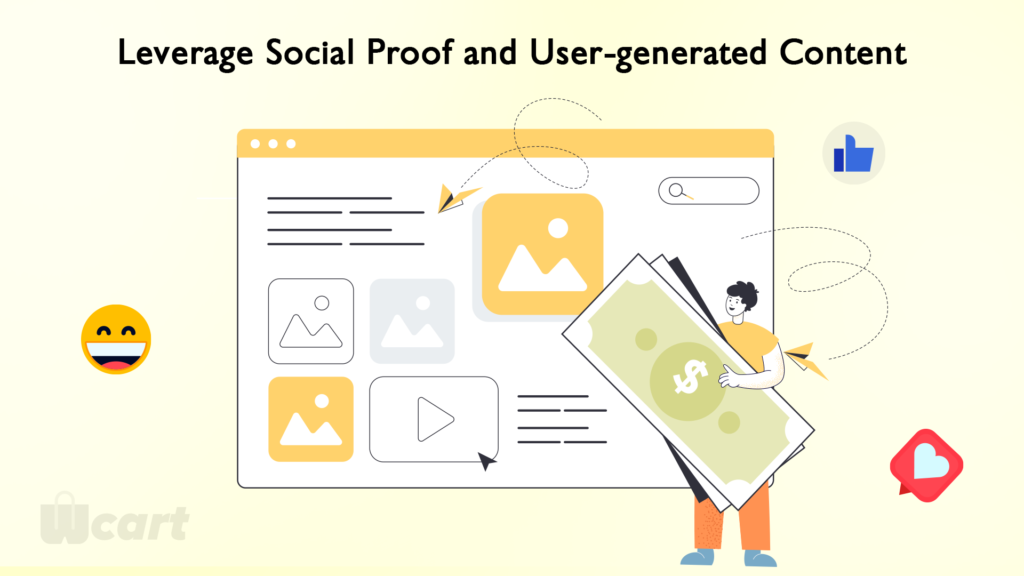
A significant number of followers on platforms like Facebook, Instagram, or Twitter can instill confidence in visitors, suggesting that your brand is reputable and valued by a large audience.
- Including Customer Testimonials and Reviews: Genuine testimonials provide authentic insights and help potential buyers make informed decisions, ultimately increasing conversion rate for ecommerce.
- Showcasing User-generated Content (UGC): Showcasing UGC demonstrates real-life product usage and encourages trust and authenticity among potential buyers.
- Influencer Endorsements and Collaborations: Influencers endorsements, reviews, or sponsored content can attract new customers and drive conversions through their influence and reach.
Tip 6: Increase Conversion Rate By Personalizing the Shopping Experience
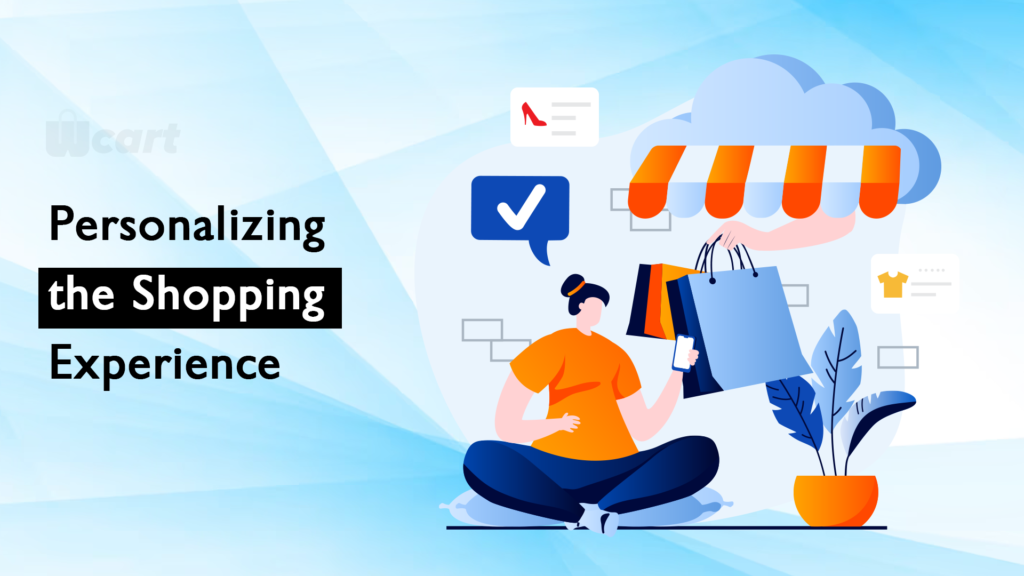
Personalized shopping experiences foster a sense of connection and make customers feel valued, increasing loyalty and repeat purchases. Personalization also enhances customer satisfaction, reduces decision-making fatigue, and improves overall engagement, leading to higher conversion rates and revenue growth.
- Product Recommendations Based on Browsing Behavior: Recommend items related to their browsing history or suggest complementary products to increase cross-selling opportunities.
- Tailored Email Marketing Campaigns: Craft relevant content, offer exclusive promotions, and recommend products based on their interests to drive engagement and conversions.
- Dynamic Content and Personalized Landing Pages: Show relevant offers, product recommendations, and personalized messages to create a tailored experience that resonates with each visitor.
Read More: 5 Must-Have Features to Look for in an Ecommerce Builder
Tip 7: Improve Product Descriptions and Images

Well-written descriptions and high-quality images create a positive impression, build trust, and drive customers to make confident purchasing decisions.
Tips for Writing Persuasive Product Descriptions
- Highlight Key Features and Benefits: Explain how they solve customer problems or fulfill their needs. Use bullet points, subheadings, and concise language to make the information easily scannable.
- Use Descriptive Language and Storytelling: Tell a story that captures their imagination and showcases how your product can improve their lives or solve their challenges.
- Incorporate Customer-Generated Content: This social proof adds credibility and authenticity, making potential customers more likely to trust your product and make a purchase.
Best Practices for Product Photography and Images
a) High-Quality Product Images: Use professional photography techniques to showcase details, textures, and colors effectively. Ensure the images are visually appealing, well-lit, and showcase the product from different angles.
b) Use of Videos and 360-Degree Views: It allows customers to get a better understanding of the product’s size, functionality, and features. Videos and interactive views enhance the customer experience and increase engagement.
Tip 8: Offer Incentives and Discounts
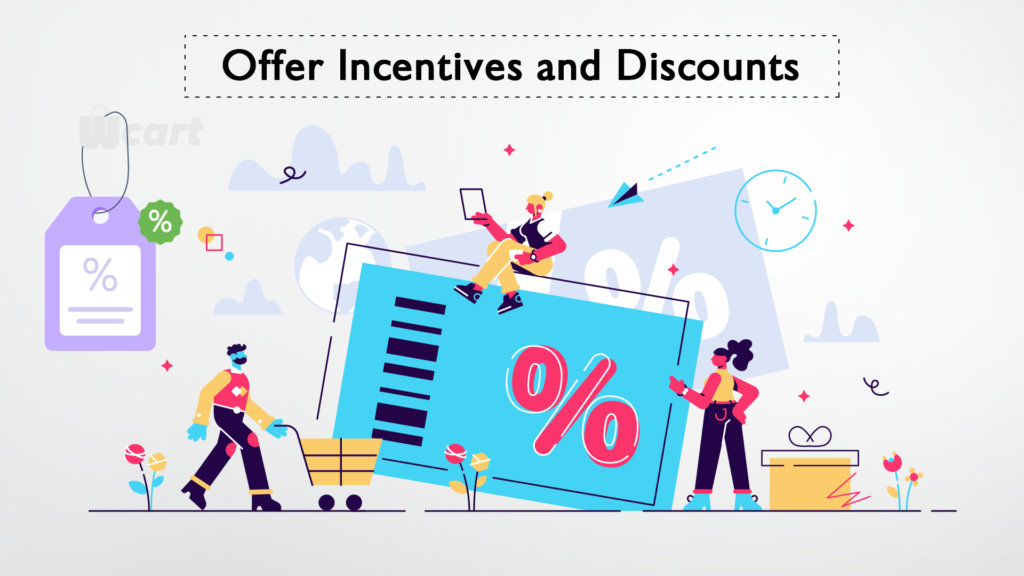
Customers are often motivated by the FOMO or the desire to gain value for their money. By tapping into these psychological triggers, you can create a sense of urgency and encourage customers to take action.
- Limited-Time Offers and Flash Sales: Create a sense of urgency and this prompts customers to make a quick decision to take advantage of the discounted prices before the offer expires.
- Loyalty Programs and Referral Incentives: Provide exclusive discounts, special access to new products, or loyalty points that can be redeemed for future purchases.
- Free Shipping and Hassle-Free Returns: Offer free shipping thresholds to reduce cart abandonment. Additionally, provide hassle-free returns to instill confidence in customers, knowing that they can easily return or exchange products.
Read More: Know the Importance of Ecommerce Development Services & Create a Seamless User Experience
Tip 9: Implement Trust Signals and Security Features
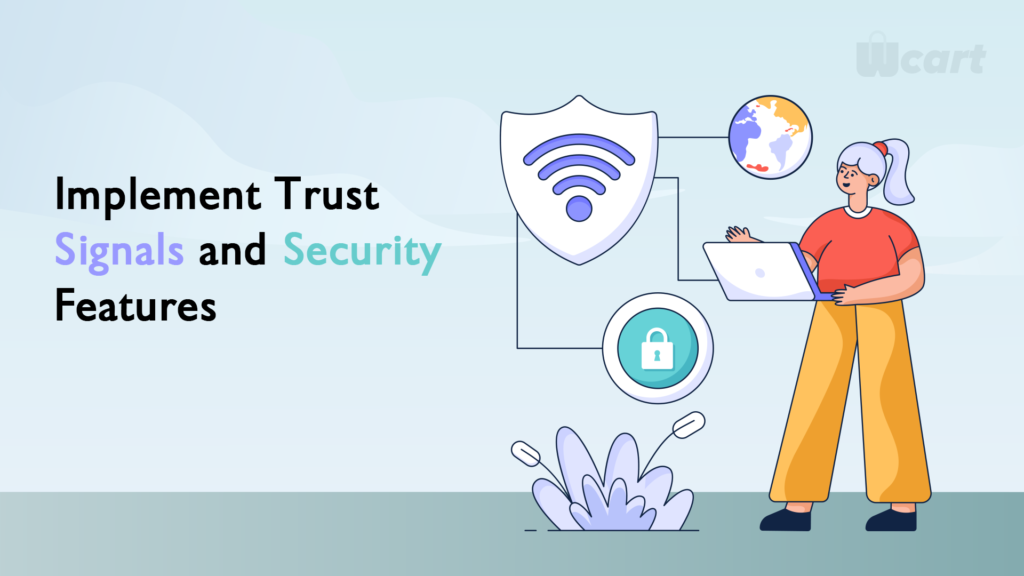
Obtain an SSL certificate to encrypt customer data and secure online transactions. Display trust indicators, such as a padlock icon or “https” in the website URL, to assure customers that their information is protected. Additionally, integrate a secure payment gateway that complies with industry standards and offers multiple payment options for customer convenience.
- Displaying Trust Badges and Certifications: Showcasing trust badges, certifications can include security seals, awards, or industry certifications communicate to customers meets industry standards for security and reliability.
- Privacy Policy and Terms of Service: Addressing privacy concerns upfront and providing easy access to these policies can reassure customers about the security and integrity of their personal information.
- Customer Testimonials and Success Stories: In detail display authentic reviews and testimonials from satisfied customers, highlighting their positive experiences. This social proof reassures potential customers that your online store delivers on its promises.
Read More: To Know Importance of a Smooth Payment System in Ecommerce
Tip 10: Implement Live Chat Support

In Summary, it enables immediate communication with customers, fostering a sense of trust and reliability. Customers appreciate the convenience of live chat as it allows them to receive prompt assistance without having to make phone calls or wait for email responses.
To optimize live chat for maximum customer satisfaction, consider the following strategies:
- Prompt and Knowledgeable Responses: Generally, quick response times and accurate information build trust and keep customers engaged.
- Proactive Chat Invitations: Proactively offering help can lead to higher conversion rates by addressing concerns and guiding customers towards the right products or solutions.
- Integrating Chatbots for 24/7 Support: Chatbots can handle provide product recommendations, and collect customer information for follow-ups. This ensures round-the-clock assistance and improves the overall customer experience.
Visit Here: To Know Challenges & Overcoming Tips and Tricks of B2B Ecommerce Business
Tip 11: Implement Effective Retargeting Strategies
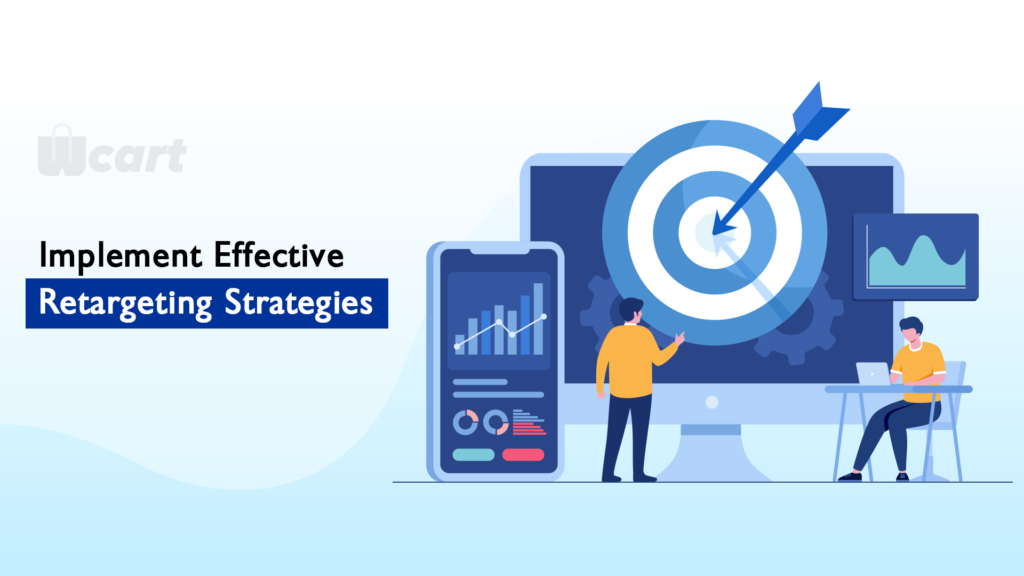
- Use Cookies and Tracking Pixels for Retargeting: These technologies enable you to display personalized ads to users who have previously interacted with your website or shown interest in specific products.
- Display Personalized Ads Based on Browsing History: On the whole, browsing history and previous interactions will tailor the content and offers in your ads to match their interests and preferences, increasing the likelihood of conversion.
- Send Abandoned Cart Reminders and Follow-Up Emails: Include incentives such as discounts or free shipping to encourage them to complete their purchase. Thus, it will help to recapture lost sales and boost conversion rate for ecommerce.
Read More: Maximizing Profits with the Latest Ecommerce Trends
Tip 12: Conduct A/B Testing and Conversion Rate Optimization (CRO)
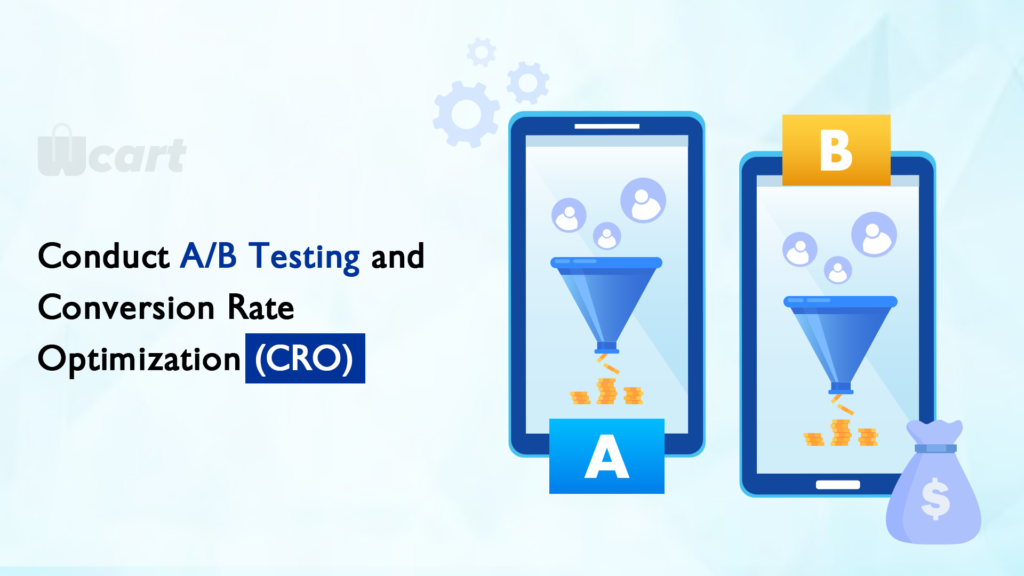
Moreover review and analyze your website’s performance, user behavior, and conversion rates regularly. Identify areas for improvement and implement changes to enhance the overall shopping experience.
9 Simple Steps for Conducting A/B Tests
Steps for conducting effective A/B tests are listed here:
- Define Your Objective: Define the specific goal and metric you want to improve. Also, it could be increasing click-through rates, improving conversion rates, or enhancing the effectiveness of a particular page element.
- Identify the Variable: This could be a headline, call-to-action button, layout, color scheme, or any other element that directly impacts user experience and conversion.
- Create Variations: Develop two or more versions of the element you want to test. The original version is the control, and the others are variations that incorporate specific changes or hypotheses.
- Split Traffic: Randomly divide your website traffic between the control and variation groups. This ensures an unbiased comparison and accurate measurement of performance.
- Run the Test: Implement the control and variations on your website simultaneously, ensuring that each visitor sees only one version. Monitor and collect relevant data during the test period, such as conversion rates, bounce rates, and time on page.
- Analyze the Results: Analyze the results to determine the performance of each variation. Look for statistically significant differences in key metrics to identify the winning variation.
- Draw Conclusions: As a result, draw conclusions about which variation performed better and whether the changes had a significant impact on the desired objective.
- Implement the Winner: This variation showed higher effectiveness in achieving your objective, and therefore, it becomes the optimized version.
- Rinse and Repeat: Continuously test new elements and variations to further optimize your online store. Overall, monitor and analyze data to identify new opportunities for improvement.
Utilizing Data and Analytics to Improve Conversion Rates
Gain insights into customer behavior, website performance, and conversion rates. Analyze the data to identify trends, pain points, and opportunities for improvement. Use these insights to make data-driven decisions and optimize your online store.
Visit Here: Top 9 Ecommerce Business Models You Must Know!
Conclusion
Overall, by implementing all these must-try tips will help you for transforming your online store and increasing ecommerce conversion rates. That is to say, by prioritizing customer satisfaction, personalization, and continuous optimization, you can drive more conversions and achieve greater success in your ecommerce endeavors. Contact Wcart experts to clarify your queries.
Frequently Asked Questions (FAQs)
1. Why is increasing ecommerce conversion rates important for online stores?
Increasing ecommerce conversion rates is important as it directly impacts sales and revenue. Moreover a higher conversion rate means more visitors turning into paying customers, maximizing your ROI.
2. What are some effective tips for increasing conversion rate for ecommerce?
Effective tips include optimizing website speed, improving product descriptions and images, offering free shipping or discounts, providing social proof through reviews and testimonials, and implementing a simplified checkout process.
3. How can I improve my website’s loading speed to enhance conversion rates?
To improve website loading speed, optimize image sizes, minimize HTTP requests, enable browser caching, use a CDN, and choose a reliable web hosting provider.
4. How can I leverage social proof to boost conversion rates?
Leverage social proof by displaying customer reviews, ratings, and testimonials prominently. You can also showcase trust badges, certifications, and endorsements from reputable sources to build credibility and trust.
5. What role does a simplified checkout process play in increasing conversion rates?
A simplified checkout process eliminates unnecessary steps, reduces friction, and makes it easier for customers to complete their purchases. Removing distractions, providing guest checkout options, and minimizing form fields can significantly improve conversion rates.
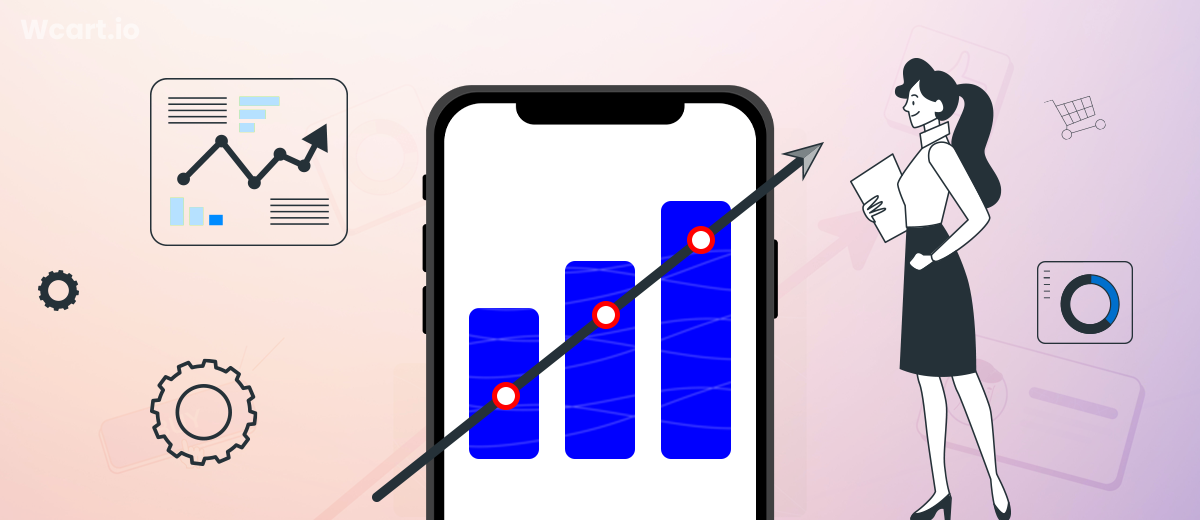



Leave a Reply